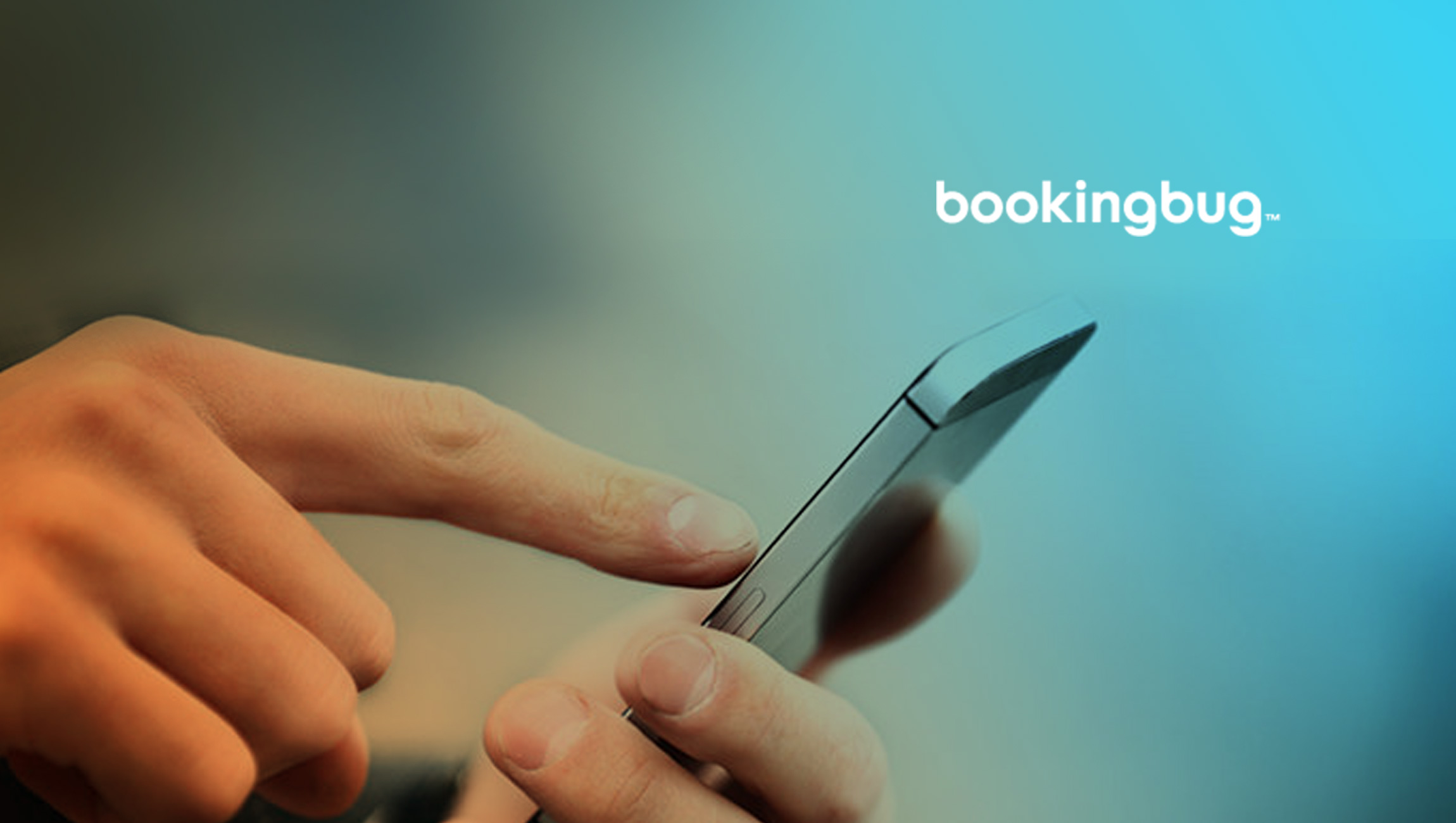Customer Loyalty is a Critical Aspect of Marketing That Needs to be Nurtured in This Age of Marketing Noise
Today, customers are way closer to their preferred brands than they were ever before, thanks to the promotions and ads targeting them. The plethora of purchase options available offline and online empowers a customer to make their choices. With more brands fighting it out for customer attention, the power of Customer Loyalty is unprecedented, in modern marketing campaigns. However, recent trends show a reversal in customer loyalty.
Customer Loyalty trends —
- 77% of customers admit to switching their loyalty quicker than they did three years ago
- 61% of customers say that loyalty programs don’t foment loyalty
- 36% of customers consider loyalty irrelevant to purchase decisions (Accenture)
It’s quite clear that a mere loyalty program is not a definite loyalty portal anymore. But loyalty can still be instilled in this age of marketing noise. Loyalty is still critical to business and customer success.
- Only a 5% increase in customer retention leads to 25-95% rise in profits (Bain & Co.)
Brands and marketers can’t afford to overlook customer loyalty in their quest for customer acquisition. Here’s how loyalty programs can still fetch you returning customers and great business numbers – ROI and sales.
The ‘P’ Word Again – Personalization
- 74% of customers get annoyed when they come across non-personalized content
- 59% of customers agree that personalization impacts their purchase decisions (Infosys)
- 78% of customers re-engage with a brand only when the current offer is personalized in accordance with the previous engagement (Marketo)
Personalization drives loyalty. When you personalize communications that resonates with your audience, they feel that you care and understand them.
Lining up Your Ducks: Starting with 1:1 Personalization
“Technologies need to help marketers understand the entire picture – from a customer’s perspective.”
Seth Besmertnik, CEO and Founder, Conductor
Personalization is easy to implement with basic pointers at your fingertips. For instance, how well do you leverage your DMP and are you diversifying to a new-age CDP?
There’s a lot of talk about ‘unified customer view’ with CDPs but, let’s keep that for another day. One basic way to personalize content is to leverage purchase data. B2Bs can think of offering integration tools or platforms when someone buys a particular software or solution like DAM.
For B2Cs, when someone buys a holiday ticket to Tuscany, you can offer hotel discounts or just share exclusive info about the weather or top vineries or pizzerias in the vicinity. The purchase data is available for customers who’ve purchased from a brand. What about those who’re yet to do so? Technology is here. Think location data (Geolocation) and Geofencing. It’s a great 1:1 opportunity for you to deliver personalized content. Location data tells you the pizzerias that the customer visited, in the above example. When the person is back from their holiday, and you locate them near a delicatessen in New York, you can offer discounts on some imported parmesan. B2B marketers can track the DAM webinars a person attends and reach out with ebooks or case studies.
“With around 5,500 software vendors competing for the same budget and looking to solve the same marketing problems, consolidation in the industry is inevitable. The challenge remains of how to translate complex customer journeys and omnichannel marketing into actionable insights to empower marketers, not tie them up in technology knots.”
Nick Ashmore, VP, Marketing, ResponseTap
Clarity is Essential
Transparency is a term that is being used a lot in our professional and personal lives Being transparent is being clear about what you do and who you are with your customers. Why you do it is next, and perhaps how you do it is subject to confidentiality and may vary from business to business. Things have changed since the last time customers disagreed with sharing their data with brands. Hence, if they can do that, as a brand, you can offer transparency and clarity in communication.
All customer-focused communications, yes, advertising included, need to be transparent. That’s your ticket to strong brand image and long-term customer relations or loyalty. Seek constant reviews and feedback. Let the negative ones not fluster you by taking them in your stride. The feedback will not only help you improve but gets noticed and eventually drive loyalty. Make the most of social to do so.
CMOs and their teams can be transparent in their communications with the customers only when there’s transparency within.
“CMOs who have traditionally been focused on the top of the funnel are now working in tandem with customer success teams to garner loyalty. Where Sales and Marketing were once tied at the hip, it’s now Marketing and Customer Success that are focused on existing customers and cultivating their advocacy.”
Haresh Gangwani, CEO and Founder, Bolstra
Go Beyond Just Incentives and Rewards
Reward and incentives are critical components of a loyalty program. However, to stand out from the crowd, try and do more for your customers. Loyalty programs are not limited to a bunch of swipe cards. The Starbucks app does this to a nicety with its reward programs which is not just about collecting points and saving some cash. The app even has a provision for customers to access and stream music. Amazon Prime and its bevy of loyalty offerings is another example of how you can go beyond just rewards.
Experiential rewards like tickets to games or concerts are also a great means to farm loyalty. There’re no limits here! A CRM provider can also offer tickets to the US Open finals through its loyalty program. Even in your rewards, personalization matters. A Forever 21 discount coupon may please a millennial but when you send it to a 50-year old CTO, it’s annoying. Instead a link to a white paper on IoT by Cisco may pique the CTO’s interest.
Keep Gamification Going
Rajat Paharia in Loyalty 3.0 describes ‘gamification’ as:
“The process of taking something that already exists – a website, an enterprise application, an online community – and integrating game mechanics into it to motivate participation, engagement, and loyalty.”
Just like different levels in games, your loyalty gamification can have levels that keep taking your customers through tiers. Say, tier I to a VIP, which can be linked to purchases. People value such strata and gamification also leads to positive word-of-mouth. Gamification is a cogent way to attract, engage, and retain. It links rewards and recognition, and renders the much-needed human factor to your loyalty program. VerizonUp, the rewards program by Verizon, does the same with its gamified VIP program for wireless subscriptions.
Top Loyalty Program Service Providers
In case some marketing teams are lean and lack required in-house capabilities to manage loyalty programs, there’re some providers they can count on:
- Epsilon
- TIBCO Reward
- Kobie Marketing
- Aimia
- Maritz Motivation Solutions
- Brierley + Partners
- Olson 1to1
- Connexions Loyalty
Get on the App Train and Don’t Stop Innovating
Mobile is where the customers are and where they’ll be, in the times to come. All that swipe cards can do, apps can do better, and a lot more. Apps provide the convenience of use on the go and that can fuel loyalty. Customers like consistency. Ensure that your loyalty program is consistent in terms of rewards and engagement. When you become boring, customers are bound to switch brands. To dodge that switch bullet, the mantra is to never run out of steam when it comes to innovation in your loyalty programs.












Comments are closed.